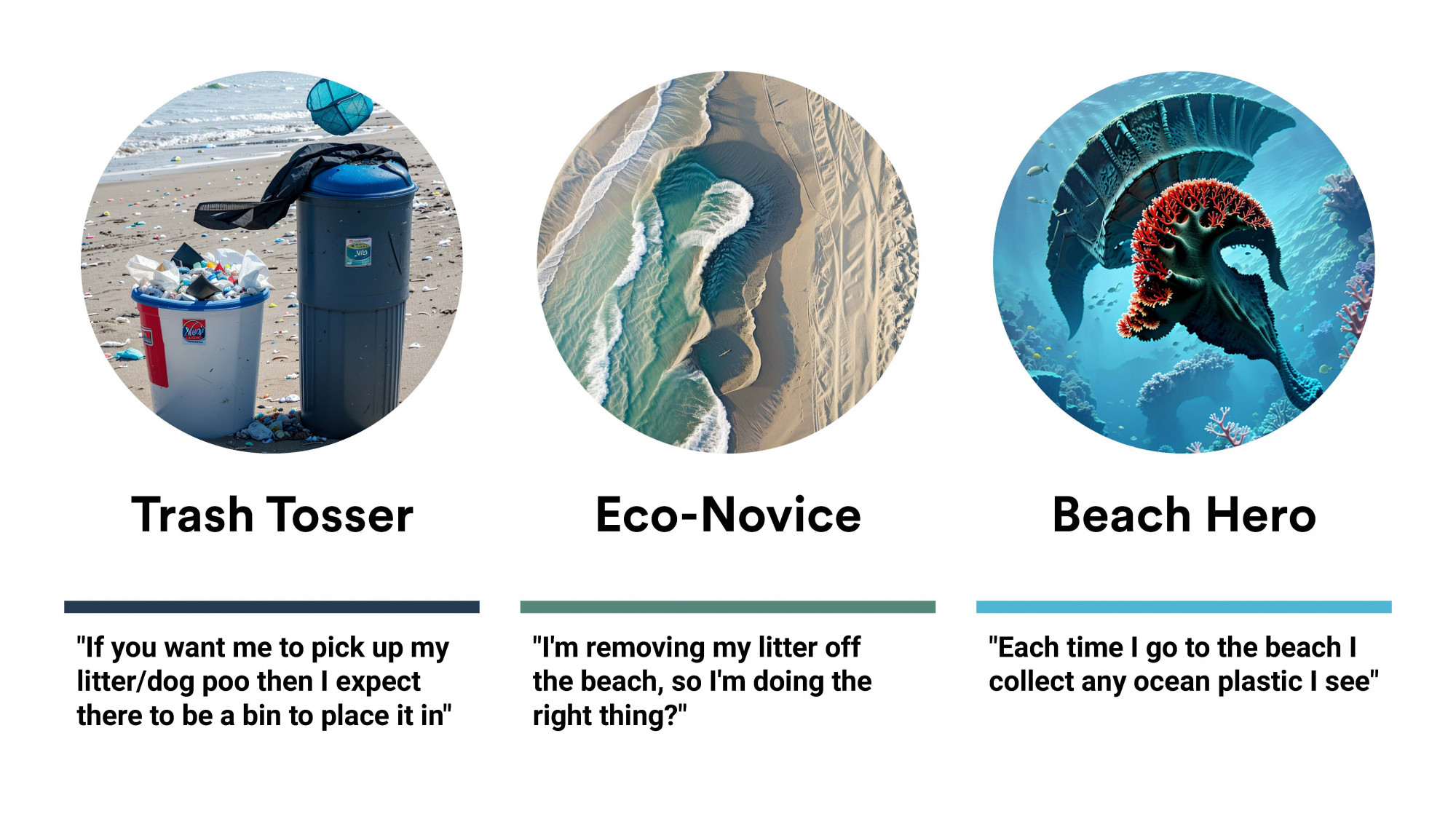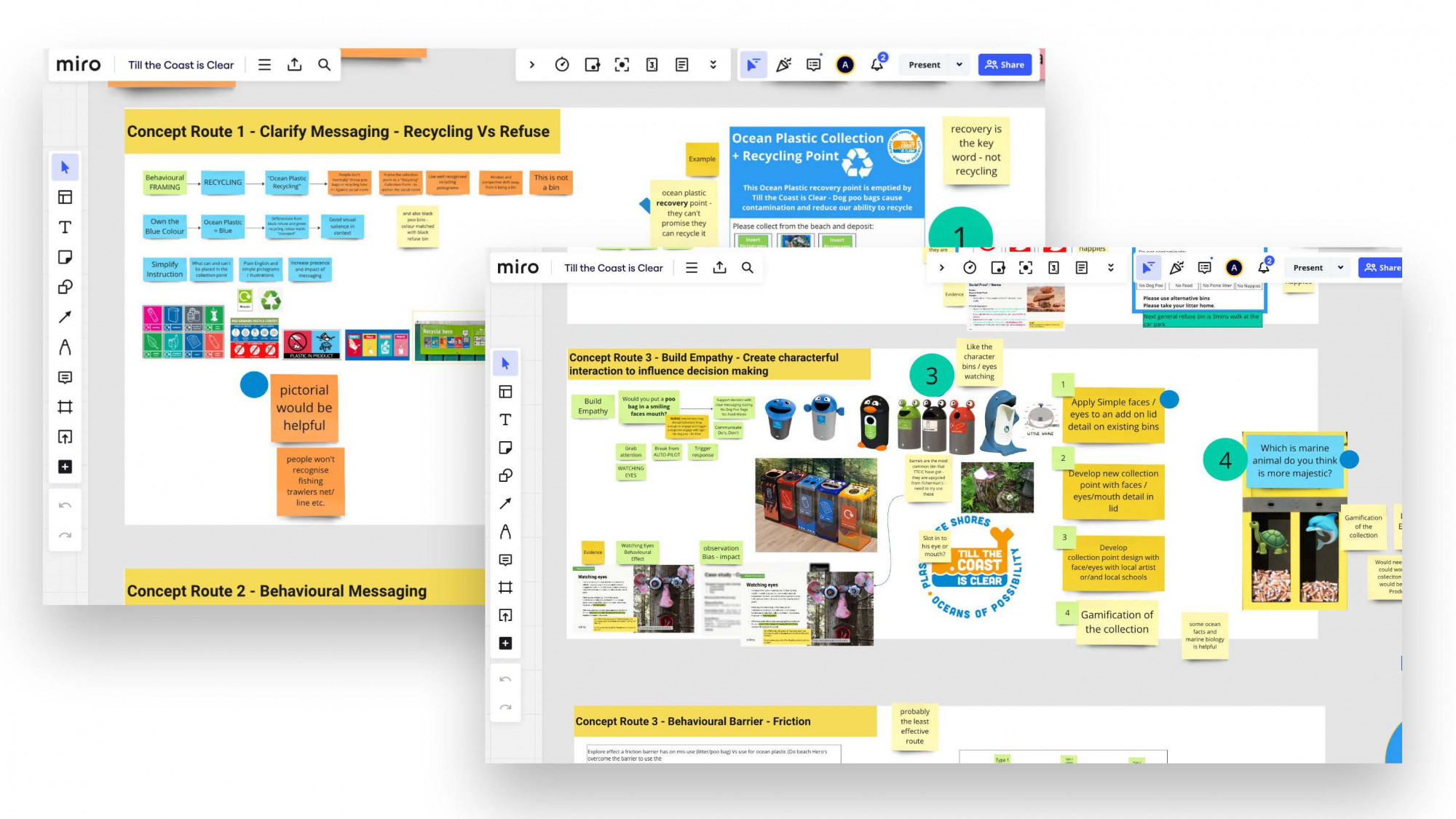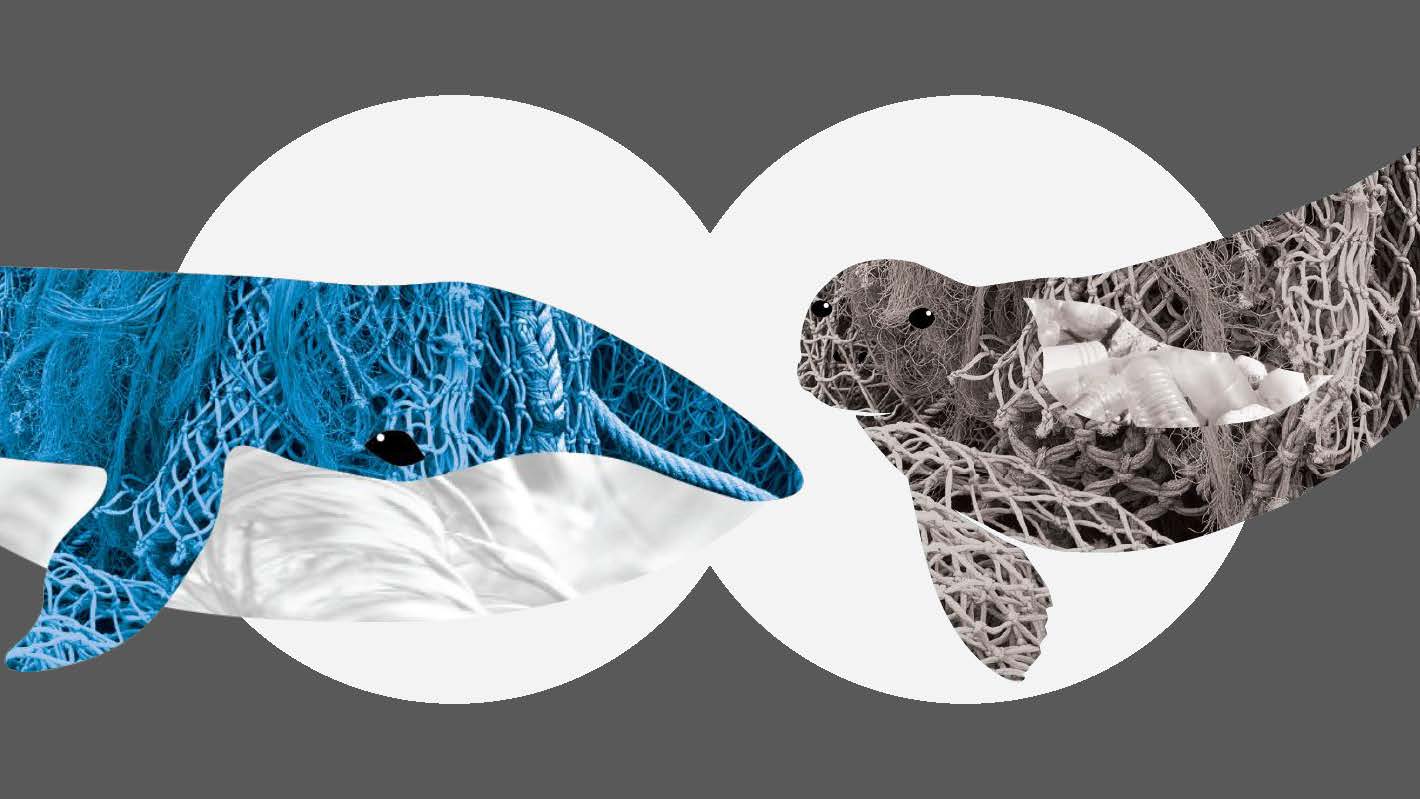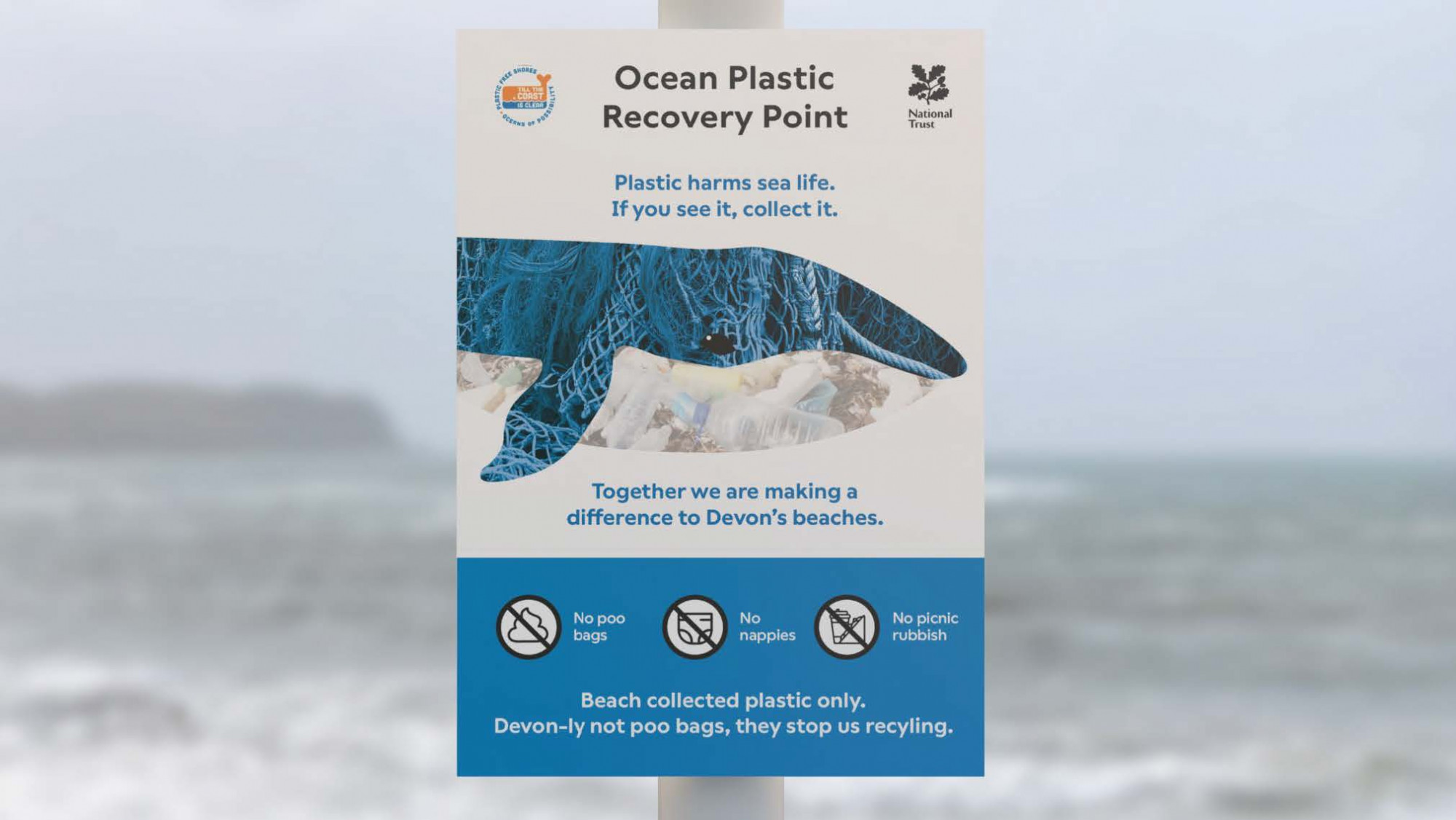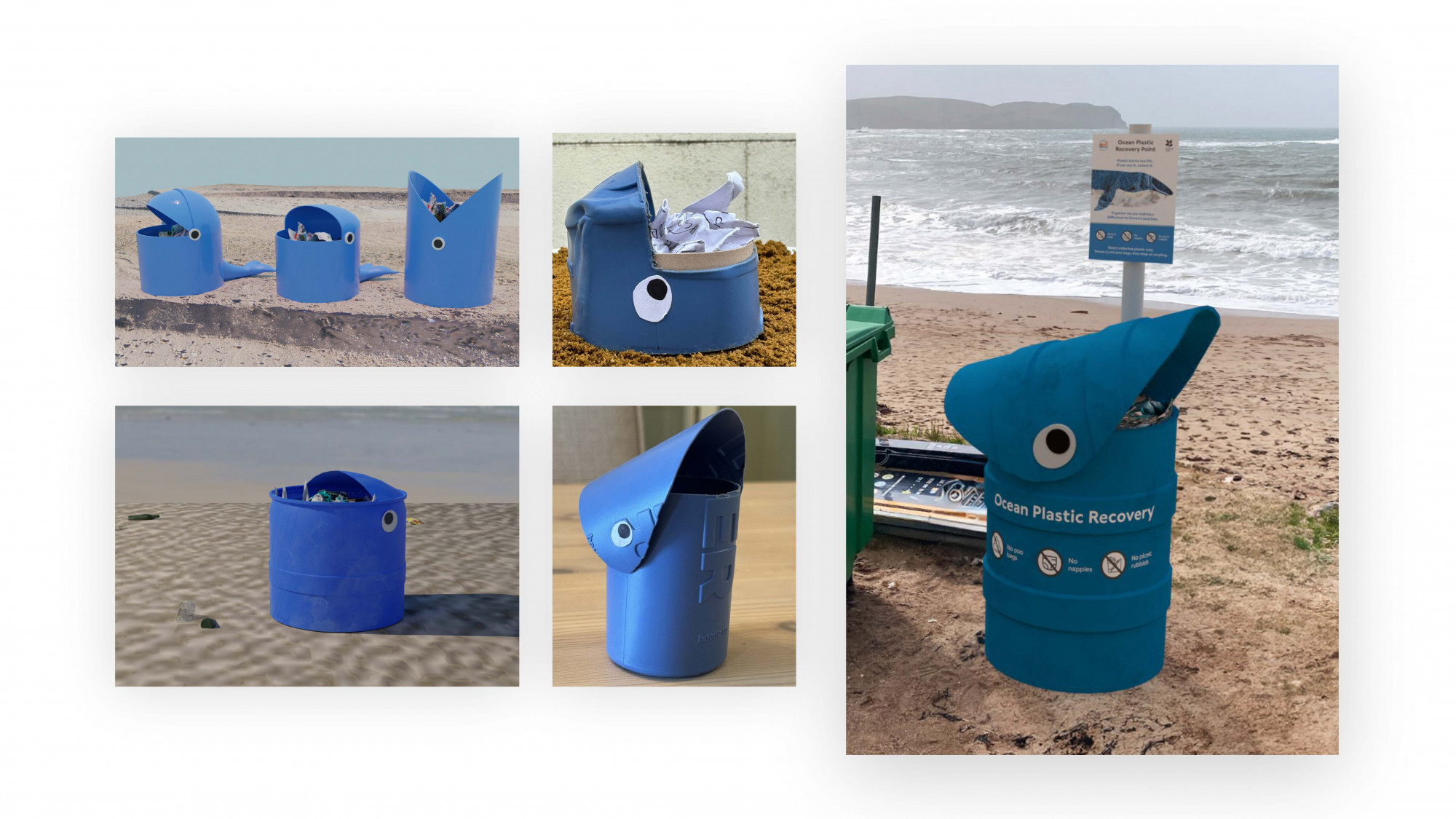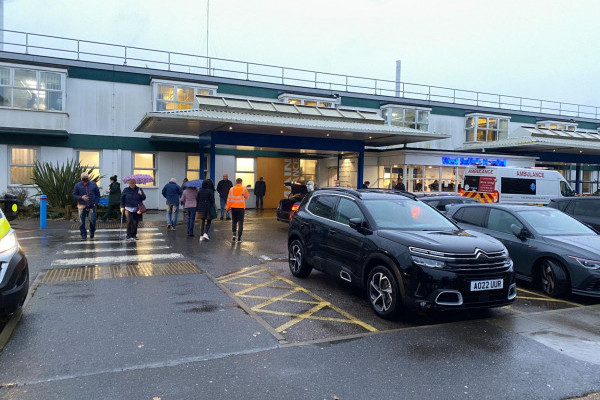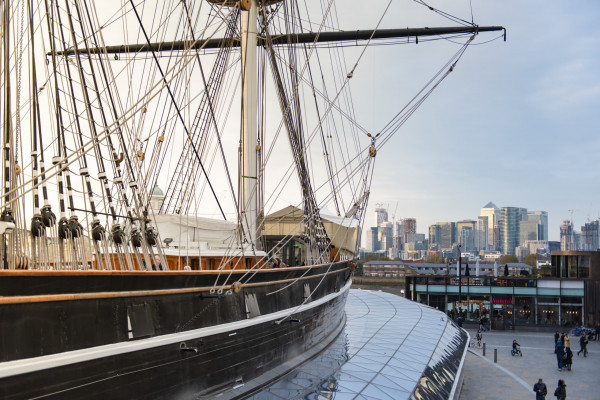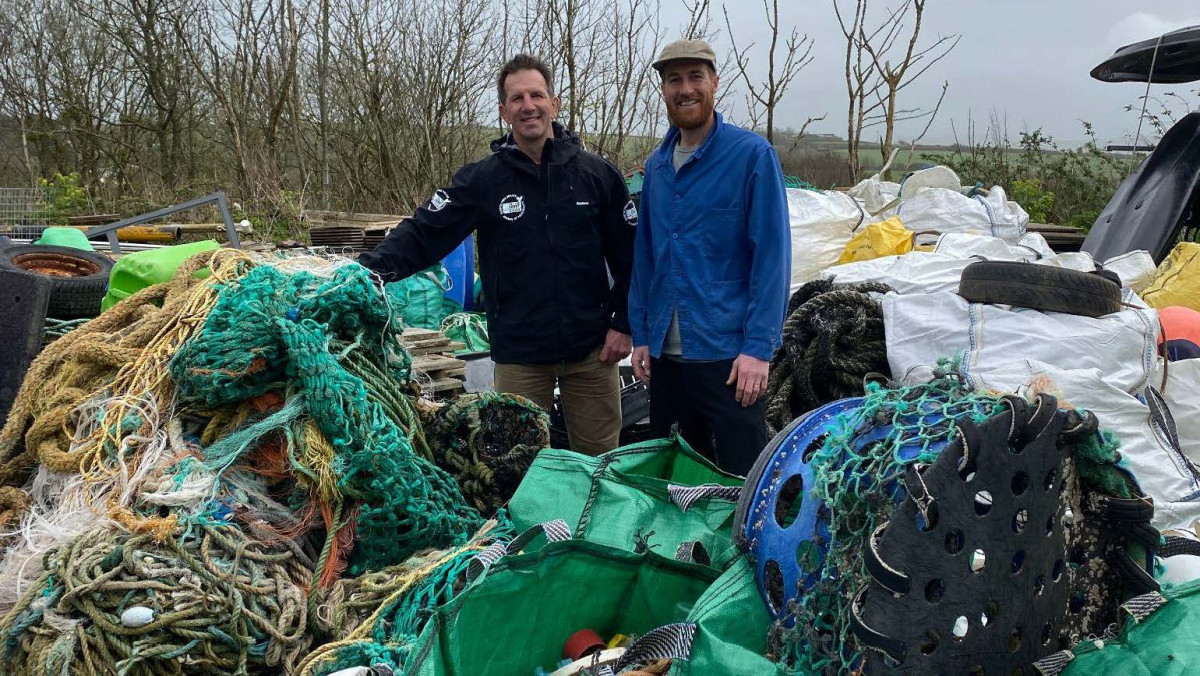
Till the Coast is Clear
Using behavior change to keep our beaches clean
We're really excited by these developments, thanks for all your creativity and hard work.
Mima collaborated with the Devon-based social impact initiative; Till the Coast is Clear (TTCIC), who work tirelessly to remove ocean plastic from Devon’s shorelines and beaches. TTCIC organise beach clean activities, but in parallel, they also have a series of collection points located at the entry/exit points of local beaches - with the aim that the general public are engaged to use the collection points to deposit any ocean plastic that they find washed up on the beaches. TTCIC then collects the contents, sorts it and arranges for the ocean plastic to be either; re-used, re-purposed and recycled. However, this is not without issue - the collection points are used to varying success, in some locations the local community is very engaged and will collect and deposit ocean plastic on every beach visit, returning large quantities. But in some instances, the collection points are mistaken and/or misused for general bins - resulting in contamination of the ocean plastic (caused by food waste, dog poo bags and nappies), affecting sorting and thus recycling. Mima's task was to use behavioural design to increase participation in ocean plastic collection and to reduce or eliminate general rubbish and contaminants from being placed in collection points.
Our Task
The Mima team mapped the beach visitor journey, the interaction points and decision moments. We identified 3 distinct visitor behavioural archetypes with different beliefs, attitudes and motivations. Through our research, we identified some likely causal factors for this regular contamination. Firstly, there is a lack of general waste bins on remote beaches, so people are liable to deposit rubbish at the first sight of something that resembles a bin, particularly dog poo bags and dirty nappies that are undesirable to carry long distances and secondly, “wish-cycling” behaviour (a known issue where people dispose of anything in recycling, thinking they might be doing some good and hope that it can’t do any harm). This informed the development of behaviour change interventions centred around the communications signage and the recovery point product design.
Our Solution
With the input of behavioural and communications designers, we created an engaging public communication sign that clearly conveys the behaviour change messaging. The crafted content aims to; attract attention, engage people and build empathy and understanding of the importance of collecting ocean plastic from the beach - we utilise a social norm message to encourage participation. To reduce misuse and contamination we aimed to break the association with traditional bins, we personified the collection points, turning them into characters to encourage engagement. We developed the signage imagery and collection point “character” design to purposefully include eyes. This aims to use the power of the behavioural “Watching Eyes effect” - The effect of being "watched" can envoke a behavioural effect that promotes people to react with prosocial behaviours - with the aim to increase participation in ocean plastic collection on the beach and reduce mis-use and contamination of the collection point.
We will be implementing the signage and recovery point redesign in a live pilot trial across multiple Devon beaches, recording behaviour change impact. After any necessary design iteration, Till the Coast is Clear will be aiming to roll it out wider and clean up Devon’s beautiful beaches.

